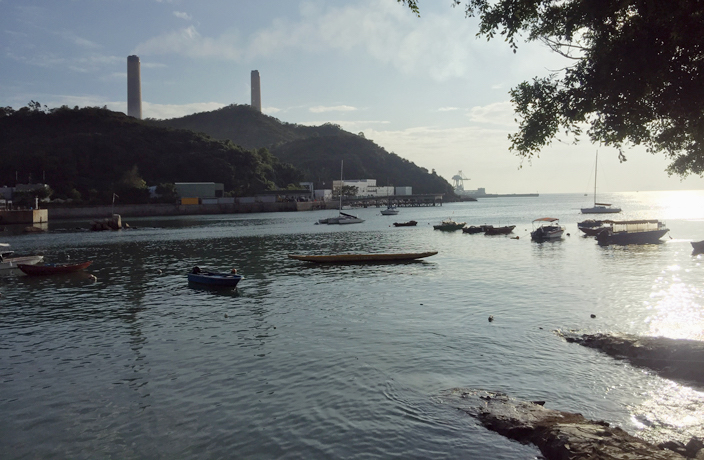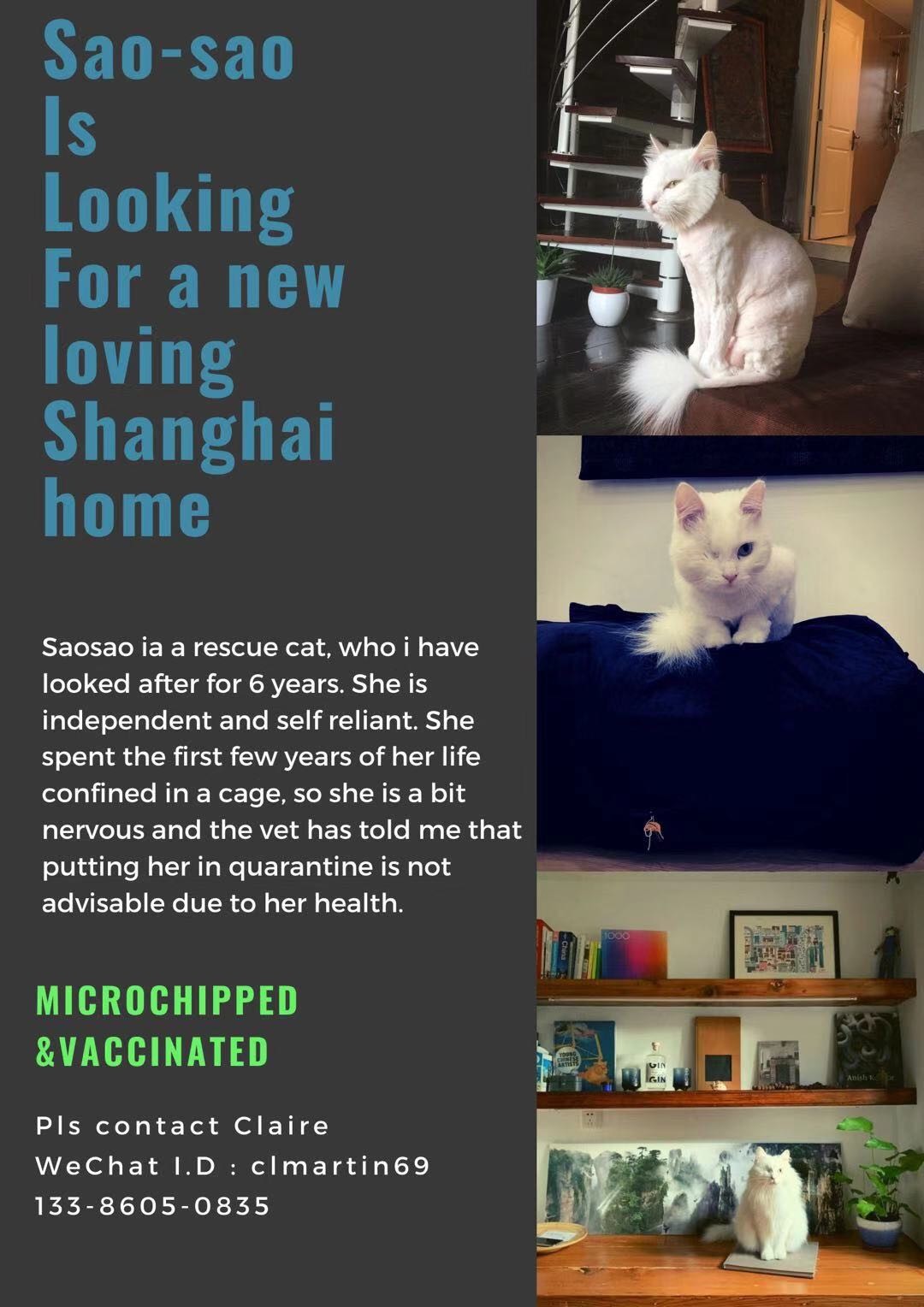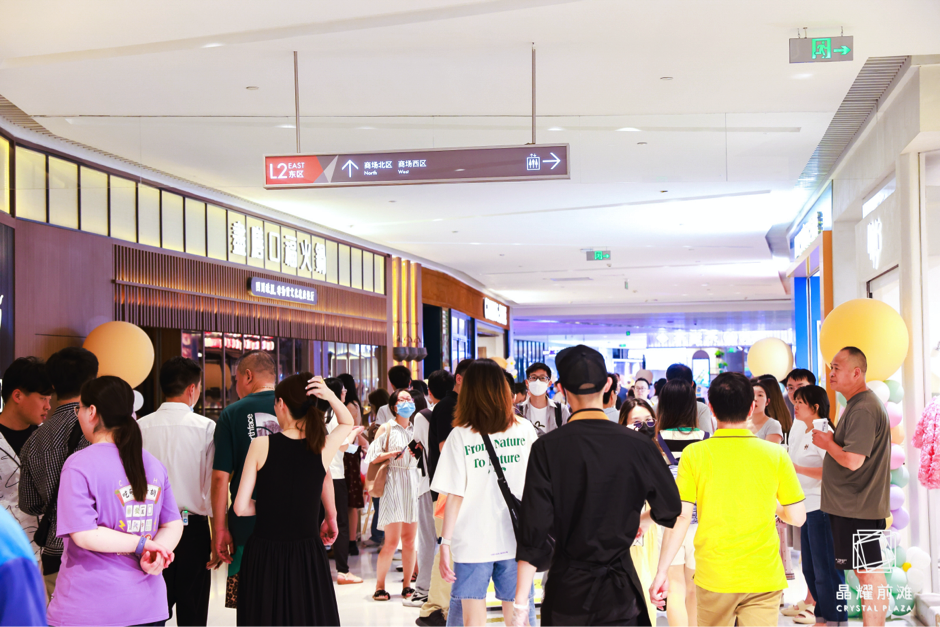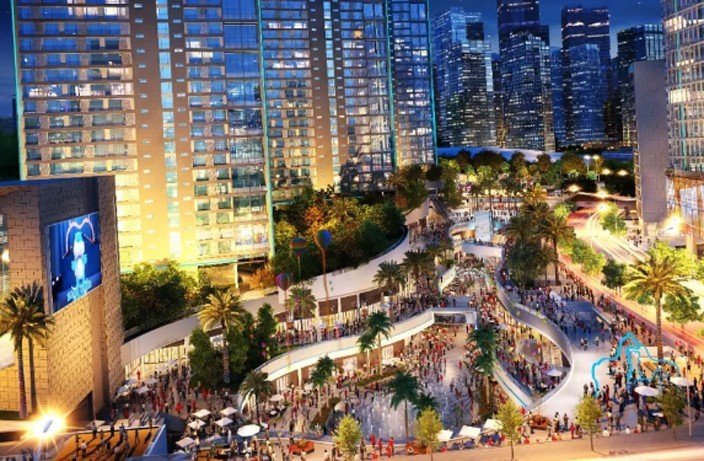10 Incredible Weekend Getaways from Shenzhen

Looking to escape the mayhem of the city for a little well-deserved R&R? Then this guide to nearby weekend getaways is for you!
1. Tai O, the Village on Stilts
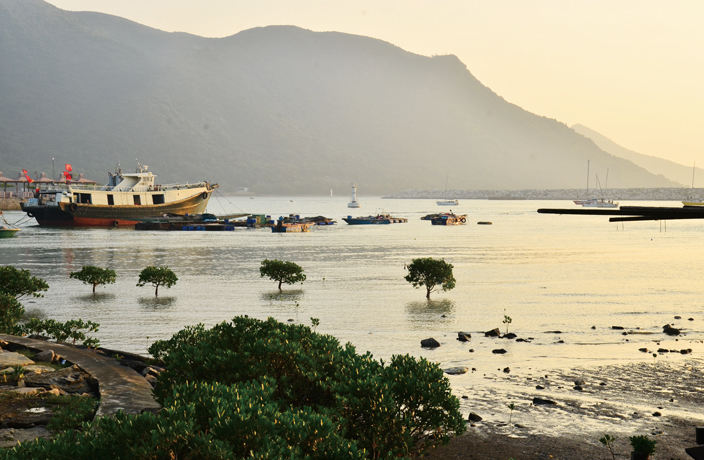
Image by That's
If you're up for doing something different in Hong Kong that involves going a bit further out of the city center and spending a bit less, here's a side of the city you haven’t met before: natural, pristine and, most surprisingly, slow-paced.
Tai O is a small fishing village on the island of Lantau, right next to Hong Kong International Airport. However, unlike its neighbor, Tai O is not as frequented or easy to find.
Instead of arrogant, towering skyscrapers, you're greeted by modest yet friendly houses, rising out of the water on shapely wooden legs. Miniature rickety buildings stretch along the waterfront – residences, restaurants, coffee shops and even hotels. Locals quietly sit by the harbor, chatting and playing Mahjong.
Things seem to slow down in Tai O, even when it comes to getting around. Cars and buses are few and far between, as most residents cover distances on foot, by bicycle or by boat.
Besides indulging in a freshly-caught fish dinner and enjoying the great views, a HKD25 boat ride may provide tourists with a glimpse of endangered pink dolphins known to inhabit the surrounding waters.
How to get there:
Once in Hong Kong, take the MTR Tung Chung Line to Tung Chung Station, then walk to the bus station (Exit B). Take bus 11 (HKD11.8) to Tai O. Tai O, Lantau Island, Hong Kong 香港大屿山岛大澳渔村.
Recommended accommodation:
This close to both the airport and Disneyland it's hard to find modestly priced accomodations, but YHA Ngong Ping SG Davis Youth Hostel fits the bill with decent facilities and even an outdoor camping space. It's a short bus ride away from Tai O, and also conveniently located for hikers.
2. Kaiping Diaolou and Villages

Image by That's
Located west of Shenzhen, the Kaiping Diaolou and Villages are presently the only UNESCO World Heritage Site in Guangdong Province.
The diaolou – fortified, multi-story residences made of concrete – came into being as a remedy to several societal ills. Kaiping was in times past the victim of floods, rampant banditry and the devastating Punti-Hakka Clan Wars (an enduring conflict occurring at the end of Qing dynasty between the Cantonese-speaking natives and the migrant Hakka people that resulted in hundreds of thousands of deaths).
Combating these issues, diaolou served as watchtowers, shelters from flood and blockhouses against raiders.
The diaolou are one-of-a-kind structures, dispersed among paddy fields and flaunting a melange of Chinese, Western and, in some cases, Islamic architecture. From their exteriors you can detect Roman domes, Greek porticos and Gothic windows, while most of the interior design retains southern Chinese flair.
As scattered as they are, there are four major clusters of watchtowers: Zili, Jinjiangli, Sanmenli and Jianglong. Chikan, Kaiping’s previous downtown, is also a must-go destination. It preserves some of the most classic, stylish buildings constructed during the Republic of China and, as a result, serves as a popular film set.
How to get there:
Take a 2-3 hour bus from Shajing Center Coach Terminal, Xixiang Coach Terminal, Bao'an Bus Terminal or the Qiaoshe Terminal in Luohu Station to Kaiping (RMB80-90), then take a taxi (RMB50) or local bus to one of the diaolou clusters (remember to tell the bus driver your destination). Tickets to the villages range from RMB50-80.
Recommended accommodation:
Diaomin Buluo Inn (碉民部落客栈), a popular hostel in Chikan situated across the river from the film set, is highly recommended. Hosting quaint, clean rooms spread over two buildings, this hotel boasts friendly staff, as well as a small bar and restaurant.
3. Dapeng Fortress
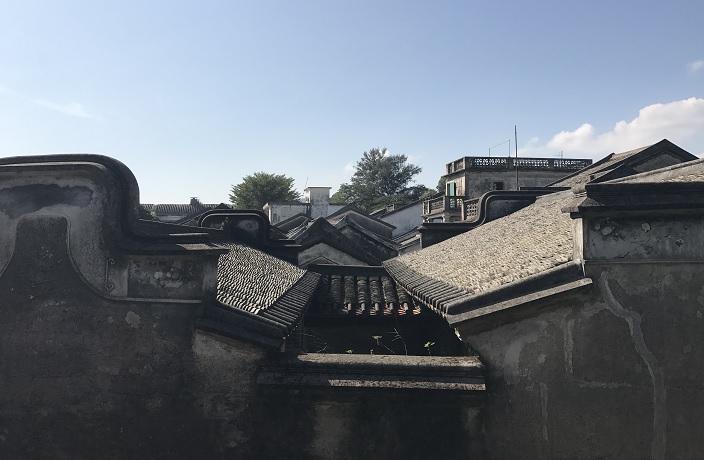
Image by That's
As you approach the fortress you are greeted by a panorama of blue sea and green mountains before finally reaching the fortress’ main gate.
With a history of more than 600 years, one can imagine soldiers entering through the stone-arch entranceway – or famously keeping it shut during a 40-day onslaught by Japanese pirates in 1571.
Instead of garrisoned troops and supply stockpiles, we find a walled-in hamlet that has developed commercially, with alleyways of coffee shops, hostels and restaurants nestled beneath Ming and Qing dynasty era tiled roofs.
Before noon, the streets are preternaturally quiet. Hearing your own footsteps is a bizarre feeling for anyone who has adjusted to the constant din of the big city, and the near silence lasts until midday, when the first businesses lazily begin opening.
While the genetic heritage may be lost, culinary traditions remain. A trip down a side street leads to an ancient fortress wall, where current residents hang homemade sausages in the sun. Another local specialty: tube-shaped rice dumplings known for their heavy packing of meat.
How to get there:
Take bus E26 or H92 which leaves from Lianhe Square and will bring you to central Dapeng New Area. From there, bus B753 runs every 30-60 minutes to the Dapeng Fortress gate. The total trip should cost about RMB16.
Recommended accommodation:
Shenzhen Little Dimple Inn is about as cute as it sounds, with tastefully decorated, spacious rooms. It's located close to the coast in the fashionable part of Dapeng New District, also less than 10 minutes' walk away from the fortress. Get a room with a terrace if possible to enjoy the views.
4. Shaoshan, the Childhood Abode of Mao Zedong

Image by That's
For anybody interested in Mao and the history of communism in China, a visit to old Shaoshan is informative and eye-opening – not least because it provides a window into how the PRC wants people to perceive its founder.
Old Shaoshan is a pretty little hamlet with Mao’s childhood home at its heart. This bungalow, made from earth and wood, is easily identified by the long queue of people stretching back from its doors, waiting patiently to trudge through the bare rooms that once enclosed the communist hero.
Millions flock here every year to see where the Great Helmsman spent his early life. Most of these visitors are Chinese, though the surprisingly accurate English, French and Russian translations that greet visitors at the vehicle drop-off point attest to the government initiatives afoot to encourage foreign travelers.
If you stay the evening, you can also get tickets to a grand production that celebrates Mao’s life several times an evening, or visit a local restaurant to gorge on Mao’s favorite food: hongshao rou (braised pork in sauce).
How to get there:
High-speed trains go from Shenzhen North to Shaoshan South Station. From there, tell anybody you see that you want to go to 毛泽东同志纪念馆 (Mao Zedong Tongzhi Jinian Guan) and they will direct you to the correct local bus or shuttle.
Recommended accommodation:
Ideally located within walking distance of Mao Zedong's former home and Statue Square, the Hualong Hotel Shaoshan offers comfortable, clean rooms at prices that generally fall below RMB500 (although that may not be the case during holidays). The hotel is a good option for a weekend getaway due to its close proximity to tourist sights and scenic areas, as well ‘downtown’ Shaoshan and the train station.
5. Lamma Island
Image by That's
One of Hong Kong’s smaller surrounding islands, Lamma Island is probably the closest you can get to vacation mood without dropping the big bucks on a plane ticket. It also sports one of the cleanest beaches in Hong Kong and affordable vacation rental prices – quite unusual for the pricey former British colony.
Yung Shue Wan is the very heart of Lamma Island. A small village mixing restaurants, residential properties and small shops in a bright, delightful mosaic, hotels and smaller private properties are abundant – and the deals get better as you venture further away from touristy spots.
The island is full of Mediterranean flavors – and not just in the abundant fresh seafood. Sea views, quaint little houses, cozy sandy beaches and a laid-back pace are all the right ingredients for a complete recharge.
Lamma is also one of those rare places where the journey is actually quite a pleasant process in itself. Think about it: a half an hour ferry from Hong Kong is way more relaxing than a bumpy ride on a cramped bus. You can spend the commute admiring the calming sea paysage or creating some artful photos for your Instagram report – whichever strikes your fancy.
How to get there:
After crossing over to Hong Kong, take either metro or bus to Central. Lamma is served by ferries from Central Pier 4 on Hong Kong Island and from Aberdeen on the south side of Hong Kong Island. There are separate services to both of the main villages on the island, Yung Shue Wan and Sok Kwu Wan. The journey time is 27 minutes to Yung Shue Wan and 30-40 minutes to Sok Kwu Wan. Vessels are monohull and some of the boats have a small outside canopy-covered area at the rear of the upper deck.
Recommended accommodation:
Possibly most notable on the island for both value and comfort is the Concerto Inn. This quiet beachside hotel comes with rooms equipped with AC, a flat-screen TV and a mini bar. Select rooms also boast a balcony.
Located a 20-minute walk from the Lamma Island pier, Concerto Inn has an outdoor area for barbeques and parties, as well as a restaurant that offers a la carte breakfast and a must-try hamburger.
6. Huizhou's Lakes
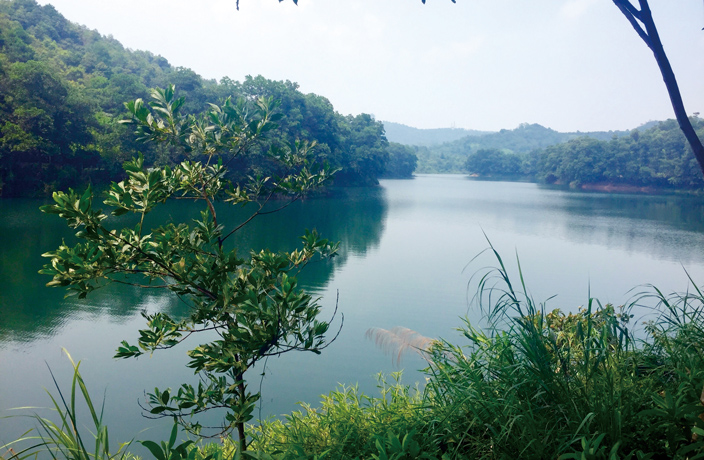
Image by That's
Equally well served by transport links from Guangzhou and Shenzhen, Huizhou is a much sleepier city than its larger Guangdong brethren. Not unpopular with domestic tourists, Huizhou lays claim to several leisure activities: a sandy bay, a holy mountain, hot springs.
It also possesses a pair of scenic lakes. When the sun is shining, the verdurous vegetation seems to blaze, and even in cloudy weather it’s a pleasant antidote to metropolitan malaise.
Entering the main gate at Xi Hu, or West Lake, a topiary dragon watches over ponds overflowing with lotuses. If the bridges and paths across the lake are not unique, at least they are aesthetically conceived, blending well with the scenery. The best way to escape weekend or holiday crowds is to hire a pedalo or a motor boat and head out onto the water. If the season is right, you may be treated to the sight of birds nesting on some of the small islands.
Honghua Hu is less frequented. Many come here to enjoy the serene, 18-kilometer cycle along a well-maintained road that winds through verdant greenery. Indeed, this activity is linked so closely with Honghua that numerous bike shops at the foot of the hill leading to the entrance rent velocipedes; more are available in the park itself at the beginning of the trail.
West Lake and Red Flower Lake, as they are known in English, are within a short drive (or brisk walk) of one another. Both can easily be explored in a single day, and each offers a different type of adventure.
How to get there:
From Shenzhen, buses at the Nanshan, Futian and Luohu coach stations all go to the more central Huizhou terminal for RMB53-55.
Recommended accommodation:
This being Huizhou, travelers can choose from more upscale options without breaking the bank. The Huizhou Garden Business Hotel (惠州景园商务酒店) boasts a beautiful glass-walled lobby as well as spacious, tastefully-decorated rooms. With the Red Flower Lake under 3 kilometers away, it also makes for a convenient base for your travels.
7. Hong Kong's Suicide Cliff

Image by That's
Tired of hiking the crowded, paved roads on Shenzhen’s mountain paths? Take a day trip to Hong Kong for a quick but rewarding trek to the infamous ‘Suicide Cliff’ in Kowloon.
The cliff’s high vantage point and seriously steep drop make for breathtaking views of the city. Over the years, savvy Hong Kongers have discovered a handful of different trails leading to the cliff, all with varying difficulty levels.
We chose an ‘easy’ path, which was conveniently marked by a ‘danger’ sign warning us of the serious and fatal accidents that have occurred on the trail. In spite of this, the trail has only increased in popularity, with dozens of hikers trekking to Suicide Cliff each day. While the risk is relatively low, it’s important to note the weather and hike with care.
After a strenuous uphill climb of less than an hour, we reached the summit of Kowloon Peak, where we discovered a helipad and a gorgeous landscape. From there, it was a short walk down to Suicide Cliff. In the late afternoon, other hikers had already convened there, relaxing on the rocks and enjoying the sweeping Hong Kong skyline.
How to get there:
After crossing the Hong Kong border, take the Hong Kong MTR to Choi Hung station, where you can grab a taxi to the trailhead at Fei Ngo Shan Road.
Recommended accommodation:
While the city offers a plethora of options for overnight stays, Kowloon's Pentahotel Hong Kong is relatively close to Suicide Cliff while providing cushy comfort in larger-than-average rooms.
8. Shaoguan’s Danxia Mountains
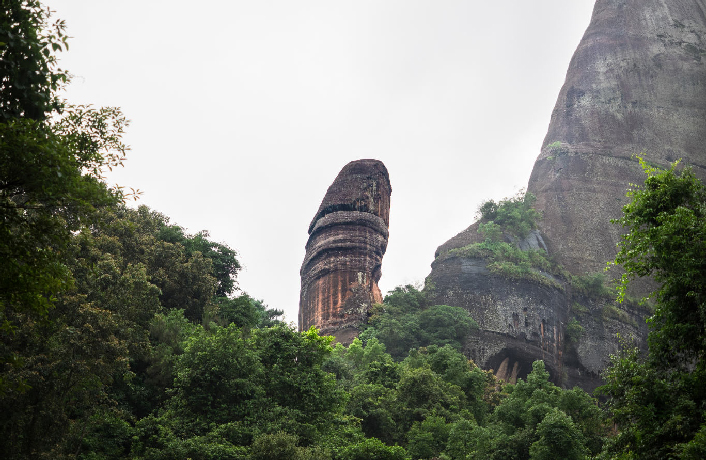
Image by Tristan Zhang/That's
Situated in the northern Guangdong city of Shaoguan, this beguiling range of karst-like mountains boasts steep cliffs, lush trails and fresh, clean air. The stunning splendor of this red-tinged hikers’ paradise is so unique in Guangdong that it constitutes the sole UNESCO Natural Heritage Site in the southern province.
Though popular with visitors year-round, its massive size and numerous trails mean it’s rarely overwhelmed by crowds.
Upon arriving at the gate of the scenic area, you’ll likely be approached by scalpers offering discounted tickets for entry. Full-price tickets sell for RMB150 at the ticket office and grant you passage to both of the geopark’s main scenic areas.
En route to the peak, hikers pass through a Buddhist temple, calligraphic inscriptions etched into massive, multicolored cliffs and can detour to visit a historic Taoist shrine. On your descent, be sure to stop off at the famed Yinyuan Stone, a natural rock formation that bears a striking resemblance to an enormous human vulva.
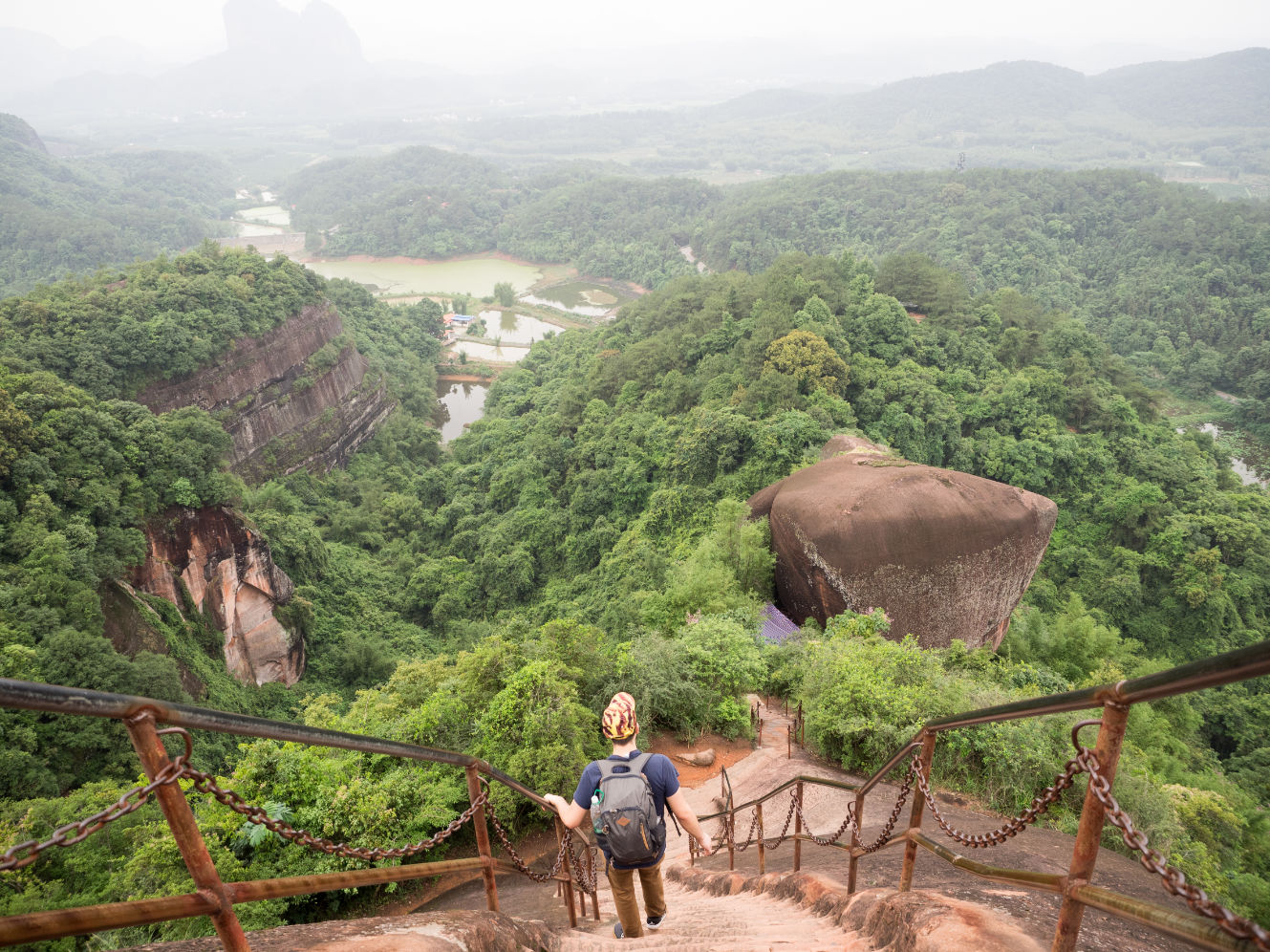
Image by Tristan Zhang/That's
Cross a narrow valley on foot or by complimentary bus ride towards the neighboring Yangyuan Stone Scenic Area. The elegant Jin River, which can be toured by boat, winds its way between the two and a tightly clustered village bristles with simple restaurants serving delicious home-style Hakka fare.
The main draw here is the Yangyuan Stone, a soaring column of phallic rock bearing an indisputable likeness to an erect penis. Ximei Fortress crowns the peak: a crumbling Ming Dynasty redoubt built by a despotic feudal tyrant from a nearby village that serves as an ideal place to admire a rosy sunset and enjoy a well-earned rest.
How to get there:
Take a fast train at Futian Station (RMB186) or Shenzhen North Railway Station (RMB179) to Shaoguan Railway Station in less than two hours.
Recommended accommodation:
Forget hotels, this natural landscape demands camping! Rough it for a night or two by pitching a tent in the renowned scenic area.
9. Zhuhai’s Miaowan Island
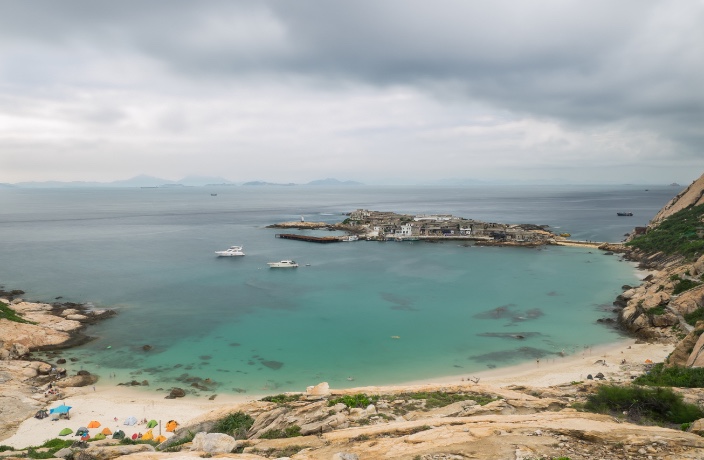
Image by Tristan Zhang/That's
Resting to the southeast of Macau, and about 25 nautical miles from Hong Kong, Miaowan Island is a small plot of land in the South China Sea that is renowned for its pristine beaches and azure water. Under the administrative control of Zhuhai (a city rightly known as the ‘city with a hundred islands’), the island has attracted mainlanders over the past decade looking to escape the craziness of urban life for a secluded retreat. Deserved or not, Miaowan’s plentiful natural resources have earned it the moniker ‘China’s Maldives.’
There to capitalize on the island’s marine goodies is a small population of Cantonese-speaking fisherman (roughly two dozen households). Small businesses are run by the local population in Maiowan Village, which sits on a rock outcrop that is connected to the main island via a concrete bridge. Amid the barking of dogs and the whistle of seagulls, villagers set up their metal-mesh fish traps, using a mixture of bread, shrimp and fish, on the quay.
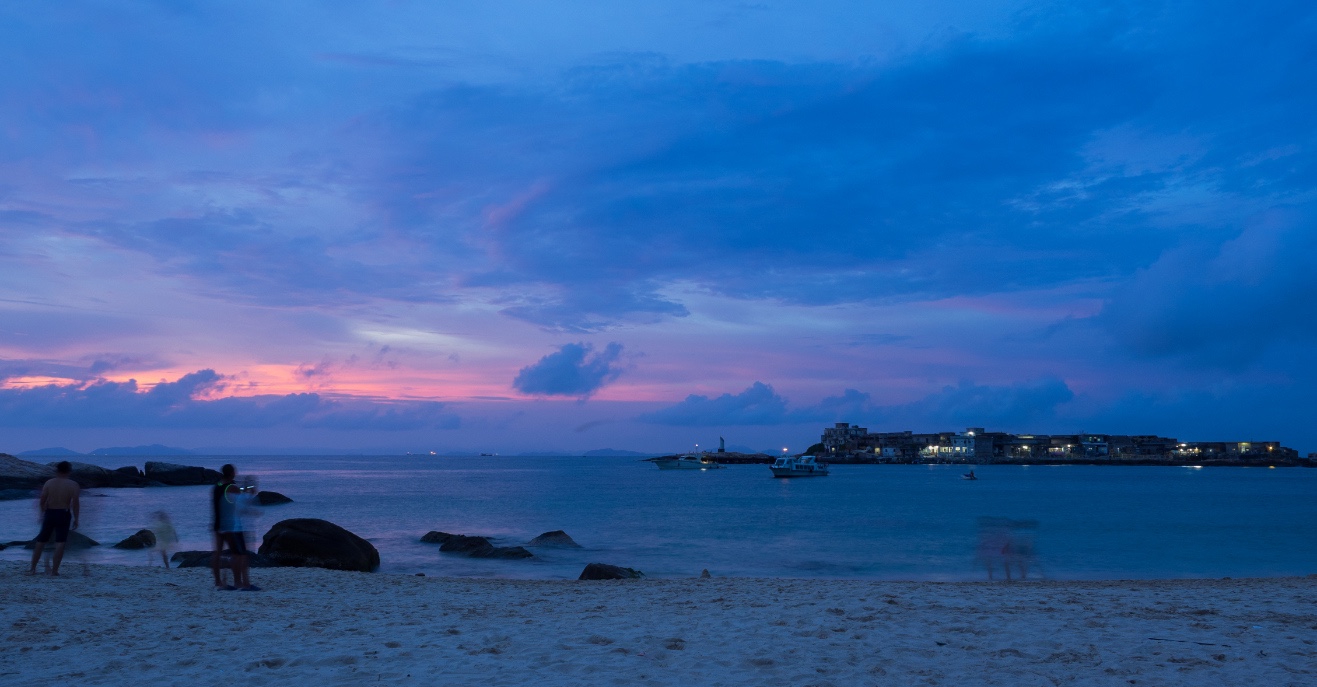
Image by Tristan Zhang/That's
Fishing is allowed on Miaowan Island and the coral reefs off the coast are home to an array of tropical fish species. If you don’t have cooking equipment to cook your catch, restaurants run by hospitable islanders will prepare your seafood for a reasonable price.
Scuba diving courses are available and are run by a licensed dive instructor who moonlights as a server at a local restaurant.
Paying RMB100-200 for a meal at one of the island’s eateries may seem steep, but it’s worth noting that some of South China’s freshest and cleanest seafood is served here – and it’s well worth a sample.
From Shenzhen:
Ferries to Dongao Island, a transfer point en route to Miaowan, are available at Shekou Port in Shenzhen.
Recommended accommodation:
Camping on the beach! In addition to food, restaurants on the island also rent out tents at RMB150 per night. Hostels with air con-equipped rooms range from RMB200-300, though electricity is only generated at night and a cool, fresh water shower will cost you an additional RMB10.
10. Mount Luofu in Huizhou
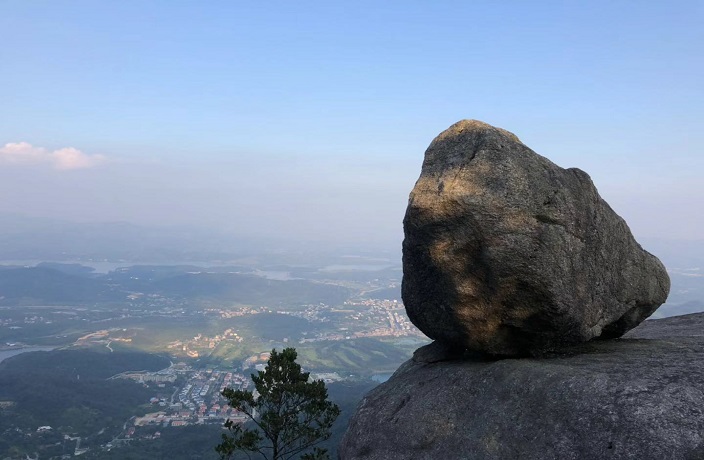
Image by Jonathan Zhong/That's
Mount Luofu, located in the northwestern part of Huizhou’s Boluo county, dwarfs the Pearl River Delta region’s other famous peaks. With an elevation of 1,296 meters, Mount Luofu’s crown is 869 meters higher than the top of Baiyun Mountain in Guangzhou, and 950 meters higher than Mount Xiqiao in Foshan. In addition to dizzying heights, the scenic area Mount Luofu is set within claims 980 waterfalls and another 430 peaks.
While you can utilize a shuttle bus service or cable cars to travel part of the way up Mount Luofu (approximately 600 meters above sea level), the journey to the summit is one that must ultimately be traversed on foot.
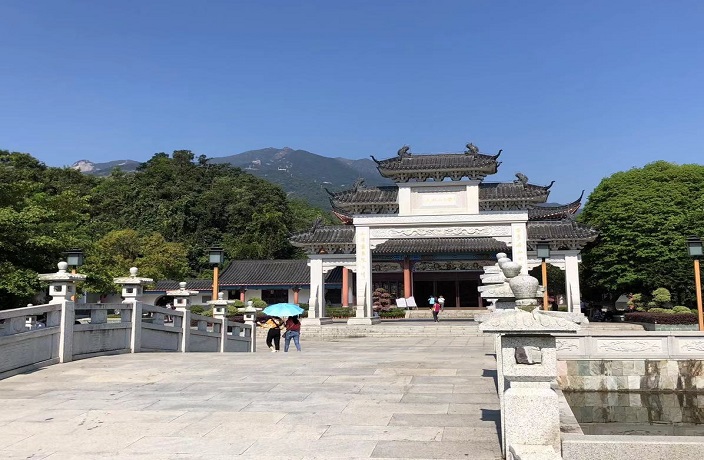
Image by Jonathan Zhong/That's
The scenery on the lower portion of the mountain has little to write home about, but the upper half of 1,296-meter peak offers intrepid visitors phenomenal views and some unique rock formations to gawk at. It takes around five hours to walk to the top of the mountain, but it’s worth it. If you find yourself exhausted on the walk down, opt for the shuttle service or cable car to shorten the return journey.
To get the most out of your visit to Mount Luofu National Scenic Area, be sure to arrive early in the morning (8 or 9am) so that you’ll have plenty of time to wander the park and climb the mountain before the last cable car leaves at 5.30pm. We also strongly recommend bringing cash with you for this adventure, as phone reception in the park is nonexistent.
How to get there:
Take the train from Shenzhen Railway Station (RMB18.5/hard seat) or Shenzhen East Railway Station to Huizhou Railway Station (RMB16.5/hard seat). From there, take a cab or bus (208, 209, 5, or 11) to Huizhou Coach Terminal, where you can catch a shuttle bus to the scenic area.
Recommended accommodation:
A Starwood hotel, Le Méridien Huizhou boasts a spotless beach, astonishing ocean views, luxurious amenities, as well as unrivalled food and beverage offerings in their Chinese restaurant, a la carte restaurant and lounge bar. Every room comes with a spacious balcony and ocean view. Water sports include jet skiing, waterskiing, windsurfing, kayaking, paddleboarding and more.
[With files from Ziyi Yuan, Tristin Zhang, Tom Lee, Winnie Jin, Jonathan Zhong]
This article was originally published in August 2017. It has been updated and republished on January 26, 2019.
For more local travel ideas, check out our Daytripper series.
Get the weekly newsletter!
Sign up to get the entertainment, lifestyle and event news from Urban Family every week!Classified Posts
News


